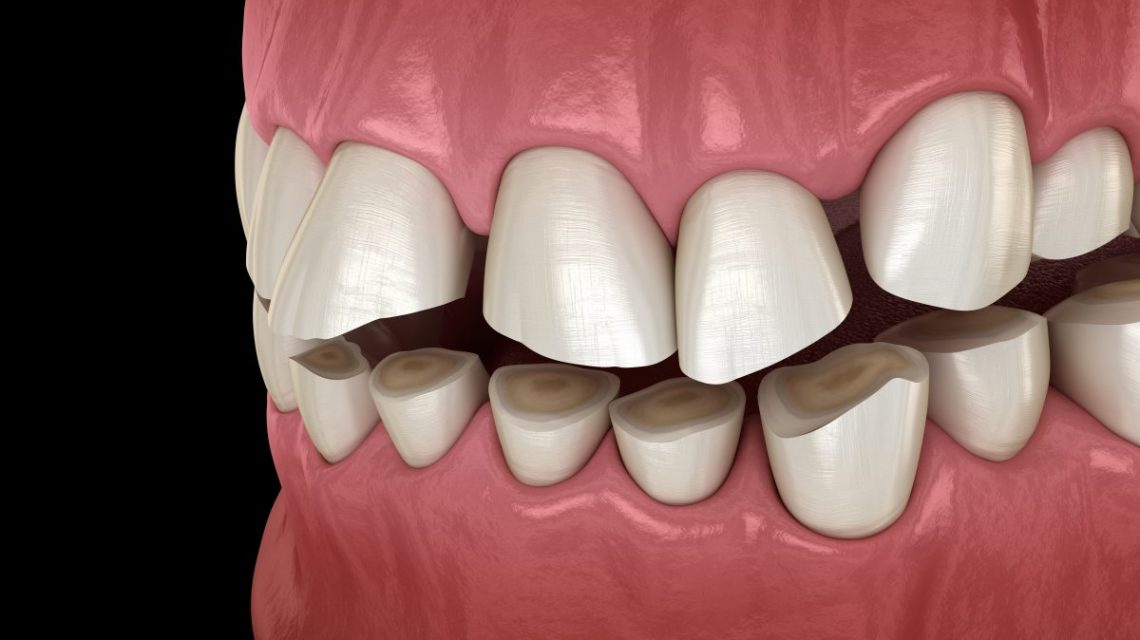Teeth grinding, also known as bruxism, is quite prevalent in the general population and often associated with hypersensitive teeth, aching jaw muscles, headaches, tooth wear, and damage to dental restorations (crowns or fillings), as well as fractured teeth. Because tooth grinding, or bruxism, often occurs during sleep, most people are not aware that they grind their teeth until they see the long-term effects and suffer symptoms.
I often hear or read advice given to those who grind, including comments like “avoid alcohol” or “don’t stress so much” or “cut back on caffeine”, or my personal favourite “just train yourself not to grind”! As well intentioned as this advice can be, in many instances, it completely diminishes and disregards the real cause of grinding. More importantly, suggesting that one can stop bruxism and its host of long-term problems by not eating chocolate, or not having coffee or wine, shows that there is a lack of information and education about this condition.
“People brux to self-equilibrate to their physiologic position”
What does this mean? People grind to get to where they “want to be”; where their muscles want them to be. Grinding has one purpose: to get rid of whatever is in the way in order to get to the most comfortable position. If you look at the teeth of someone who grinds their teeth and has been doing so for many years, you will see that the wear facets line up perfectly when they bring their jaw forward into their “comfortable” position. This is caused by a discrepancy between where their teeth are and where their jaw and muscles want to be.
But the long-term consequences of not treating bruxism can be severe and debilitating. Not only to mention the cosmetic challenges when it comes to very worn teeth, but there are many other issues that result when tooth grinding is left untreated or unmanaged, including:
- Headaches
- Facial pain
- Ear aches
- Stiffness of muscles
- Sleep disruption
- Tooth mobility
- Inflamed gums
- Tooth wear and breakage
- Tooth fractures
- Broken dental restorations (crowns, fillings, veneers)
- Tooth loss
- Poor aesthetic appearance due to wear
Early diagnosis and management of bruxism is key to prevention of these types of issues, and can save you tons of money long-term.

